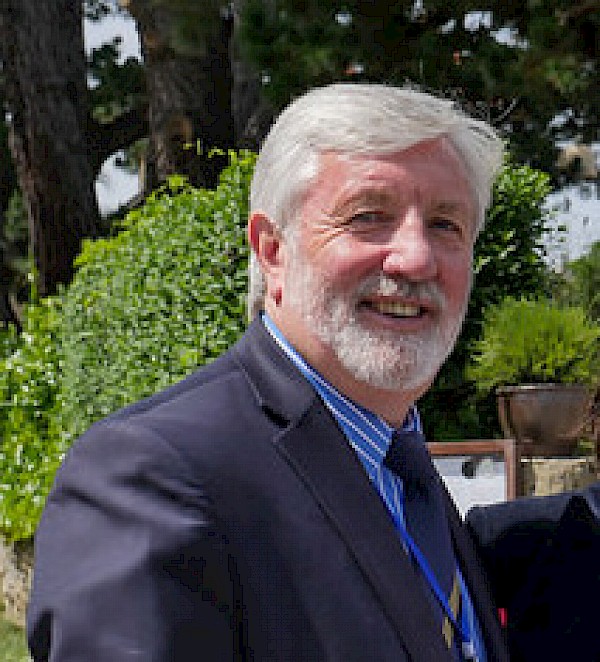Monday, September 28, 2015 - 10:14 by ce-press
The Baltic is one of the most important cruise destinations and markets in the world, generating around 4.99m passenger nights in 2014 with 5.1m projected this year. It is an area with huge potential for further growth but also with a range of challenges, many of which can only be tackled effectively through joint action by all the relevant stakeholders.
At Seatrade Europe in Hamburg this September, Michael McCarthy, Cruise Europe chairman and commercial manager Port of Cork, joined a panel - Understanding the cruise industry: how can the pan European dialogue create a platform for sustainable growth - to address some of the issues. Also participating were Stavros Hatzakos president, cruise & ferry port network, European Sea Ports Organisation (ESPO), honorary president, MedCruise & general manager Piraeus Port Authority; Raphael von Heereman secretary general, CLIA Europe; Franz Lamplmair advisor for maritime policy, European Commission, and Jorge Vilches, president & ceo, Pullmantur Cruises.
Speaking on behalf of the CE members, McCarthy made a number of contributions to the far-reaching discussions which included congestion in The Baltic particularly during the peak season which has lead to an urgent need to look at extending the season. He commented: “This is exacerbated by lines requesting more overnight stays, particularly with larger ships which puts a strain on port infrastructure. It is recognised that the ‘milk run’ of marquee ports is very important for generating revenue for cruiselines, but there are also other very interesting destinations”.
The reception of waste generated a strong debate with a minimum of six Baltic ports now able to receive black and grey water to International Maritime Organization regulation. McCarthy commented: “The contribution from the floor really drove home the agenda and in particular from our colleagues in Copenhagen, Stockholm and Riga”. It was also made clear that the cruiselines are presently not delivering quantities which would warrant the expenditure required from additional ports to make themselves ready. In any event this regulation is not being enforced because most countries do not have a sufficient number of Port State surveyors.
More needs to be done to integrate the cruise concept into national government policy. Topics included port infrastructure ranging from the positioning of taxis, buses and other transport to dredging. “As ships get bigger they are being pushed further out of the cities putting pressure on shuttle services and negating the experience for passengers,” he said.
LNG and bunkering are hot topics right now and no less so on this panel. Cruise Europe’s approach is that “there should be a sufficient network of LNG refuelling ports available taking into account the reality of the situation and distances between ports” rather than an expectation that every port have such facilities. In short turnaround ports should be equipped but transit ports should not.
When it comes to port infrastructure McCarthy also pointed out that this cannot afford to fall behind the evolution of ship design. “A ship can be built in two years and it could take a port six years to plan and deliver new infrastructure.”
He pointed out: “Cruising is only beginning and greater collaboration and cooperation is the catalyst to drive the business forward.” In this respect efficient dialogue with tourism stakeholders is a major key on the one hand while the Memorandum of Understanding between Cruise Europe and ESPO along with MedCruise, Cruise Baltic, Cruise Norway and Cruise Britain is another.
